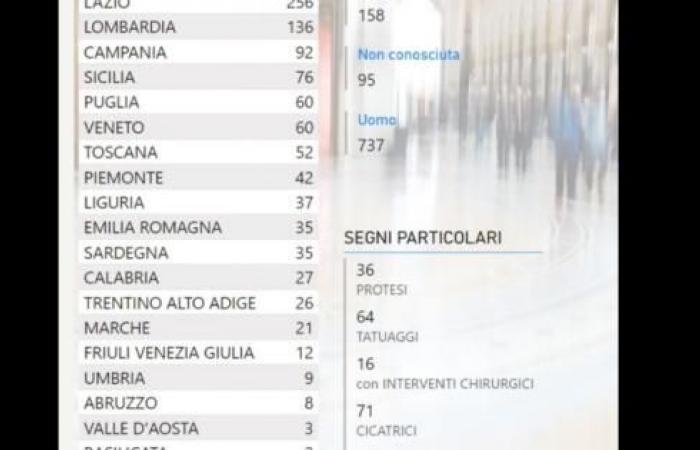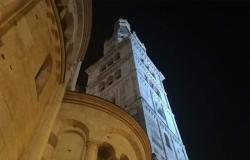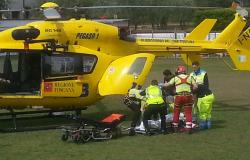A cross and a date engraved on a small plate placed on the mound of earth or, even, a simple tag hanging from the big toe of the lifeless body still waiting for a name. Nothing else.
There are 60 in total in Puglia (990 nationwide) the corpses, skeletons or simple shreds of bodies without identity. They are the unknown dead, the nameless ghosts of the provinces of Puglia. They are the corpses that no one claims anymore.
In recent days, the topic was discussed at the Prefecture in Bari where, in the presence of the Prefects, the Attorney Generals and the Attorneys of the Region, the Anci, the representatives of the Health Department of the Puglia Region and the Institutes and services of Forensic Medicine, a Memorandum of Understanding was signed aimed at adopting and sharing specific procedures for the identification of nameless bodies. The event saw the participation of the Extraordinary Commissioner of the Government for missing persons, Prefect Maria Luisa Pellizzari.
This protocol, already being tested in Lazio and Lombardy, aims to simplify and speed up the authorization process for comparing the DNA of unidentified bodies with that of relatives of missing persons. The new procedures will be used to improve and further increase the use of the current DNA database, thus contributing to informing and raising awareness among public opinion and sector operators of its fundamental importance.
«The collection of the genetic heritage will allow in a systematic way – explained the Government’s Extraordinary Commissioner for Missing Persons, Maria Luisa Pellizzari – to also identify corpses not necessarily linked to a crime under the jurisdiction of the Public Prosecutor’s Office. Even those corpses abandoned on the street or in hospitals, in fact, have the right to be identified.”
The protocols provide that, in cases of death in hospital of people without identity, of discovery of corpses without identity, or of unidentified human remains, a specific working group must proceed to ascertain the causes and time of death, as well as to the collection of all data useful for identification and their subsequent insertion into the Afis database (the automated fingerprint identification system), into the Risc form (of unidentified corpses) and into the Interpol post-mortem form.
The ethical, even before legal, need to allow the identification of people’s bodies, through the study of all investigative and scientific techniques, is a source of satisfaction for the families of missing persons and, naturally, for the institutions.
In Puglia, as mentioned, there are 60 lives that ended tragically, without anyone ever being able to mourn them.
It is not certain whether they are victims of misfortunes or crimes that have never been solved or missing people who have faced death and oblivion without leaving a trace of themselves. Few certain references remain of them: the date, the place of discovery and, for the “luckiest” ones, little information about their nationality if it is known, the clothing worn or particular signs.
Their mortal remains, found in Puglia, were only partially buried in various cemeteries in an unmarked tomb. The others, as well as the 990 cases in all of Italy, are kept in a cold room of some forensic medicine institute or some municipal cemetery.
The “elderly” ones are found in the Brindisi area. They are the corpses of two men, both buried without a name for 47 years. There is no news of them. There are only two dates on their gravestones: August 28, 1977 and October 29, 1977, the days they were found.
Capitanata is the province of Puglia that holds the macabre Apulian “record” of bodies found lifeless and without identity (as many as 19) while just a few days ago another nameless corpse was found in the BAT (in Margherita di Savoia to be precise). It is the most “recent” in Puglia: it is the lifeless body probably of a man, aged between 20 and 40, in an advanced state of decomposition and with a strange hole in the skull. If the lesion can be compatible with a bullet fired from a firearm, it is likely that it was a homicide; otherwise, however, it is possible that it is attributable to a blow against a blunt object, perhaps a rock. In any case, investigators have not yet managed to trace the identity of the body.
The list of nameless corpses is long in Puglia (it is the 5th Italian region after Lazio, Lombardy, Campania and Sicily for the number of bodies found lifeless and nameless) and hides, we are certain, stories of marginalization, illness , tragedies of desperation (many bodies have in fact been recovered from the sea) and family ones.
Of the 60 unidentified corpses, 41 are male, 16 female and 3 unrecognized: in the latter case, these are mainly human skeletal remains whose sex is difficult to establish. This is the case, for example, of the bones found in Corato nel Bari in 2003 among the rubble of an old abandoned building in the historic center.






